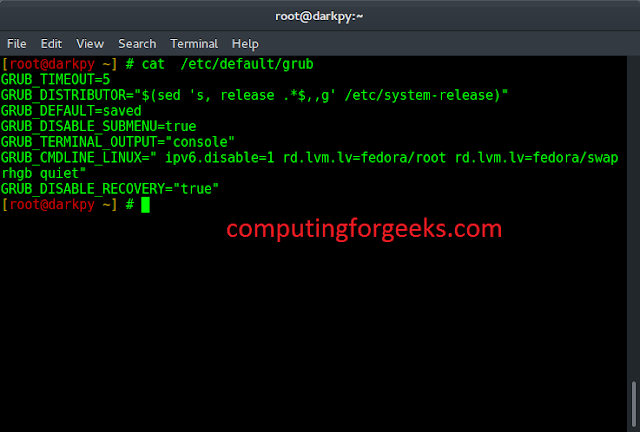Given a matrix containing n rows. Each row has an equal number of m elements. The task is to find elements that come consecutively n times horizontally, vertically, diagonally in the matrix. If there are multiple such elements then print the smallest element. If there is no such element
then print -1.
Examples:
Input : n = 4
mat[5][5] 2 1 3 4 5
3 2 1 3 4
5 3 2 1 4
5 4 3 2 1
5 4 4 3 2
Output : 1
Input : n = 2
mat[4][4] 2 0 5 1
0 5 3 5
8 4 1 1
3 8 5 2
Output : 0
Implementation:
Python3
def check(l,row,col ,n,l2): # Iterate through the matrix. # Check for diagonal. for i in range(row - n+1): for j in range(col - n+1): # Store the value in a temporary # variable. num = l[i][j] # Check for the condition only # if we have more rows and columns # than n. if(row-i >= n and col-j >= n): count = 0 # check if the number is present # n times. for k in range(n): # if number is not present n # times then break if(num != l[i+k][j+k]): break # increment the count for checking # the condition follows. else: count += 1 # if count is same or greater as that of # n then the number follows the condition. if(count == n): l2.append(num) else: break #check for row condition for i in range(row): for j in range(col - (n-1) ): num = l[i][j] count = 0 for k in range(n): if num != l[i][j + k]: break else: count+=1 # if count is same or greater as that # of n then the number follows the condition. if(count==n): l2.append(num) #check for column condition. for i in range(row - (n-1)): for j in range(col): num = l[i][j] count = 0 for k in range(n): if num != l[i+k][j]: break else: count += 1 # if count is same or greater as that of # n then the number follows the condition. if(count == n): l2.append(num) # It would require a complex code to # check for anti-diagonal Just rotate # the matrix and check for diagonal # condition again. #matrix rotation by 90 degrees. for i in range(0, int(row / 2)): for j in range(i, col - i - 1): # store current cell in # num variable num = l[i][j] # move values from right to top l[i][j] = l[j][col - 1 - i] # move values from bottom to right l[j][col - 1 - i] = l[row - 1 - i][col - 1 - j] # move values from left to bottom l[row - 1 - i][col - 1 - j] = l[row - 1 - j][i] # assign num to left l[row - 1 - j][i] = num # Iterate through the rotated matrix. for i in range(row - n+1): for j in range(col - n+1): # Store the value in a # temporary variable. num = l[i][j] # Check for the condition only if # we have more rows and columns than n. if(row-i >= n and col-j >= n): count = 0 # check if the number is present # n times. for k in range(n): # if number is not present n # times then break if(num != l[i+k][j+k]): break # increment the count for checking # the condition follows. else: count += 1 # if count is same or greater as that of # n then the number follows the condition. if(count == n): l2.append(num) else: break # check if any element followed the condition. if(len(l2) == 0): print(-1) # print the minimum of all the elements # which follow the condition. else: print(min(l2))if __name__ == "__main__": # Create Matrix l = [[2, 1, 3, 4, 5], [0, 2, 1, 3, 4], [5, 0, 2, 1, 4], [5, 4, 0, 2, 1], [5, 4, 4, 0, 2]] # Create a list to store all the elements # which follow the condition. l2 = [] check(l,4,4,2,l2) |
Output :
0
Time Complexity: O(row*column)
Auxiliary Space: O(1)




